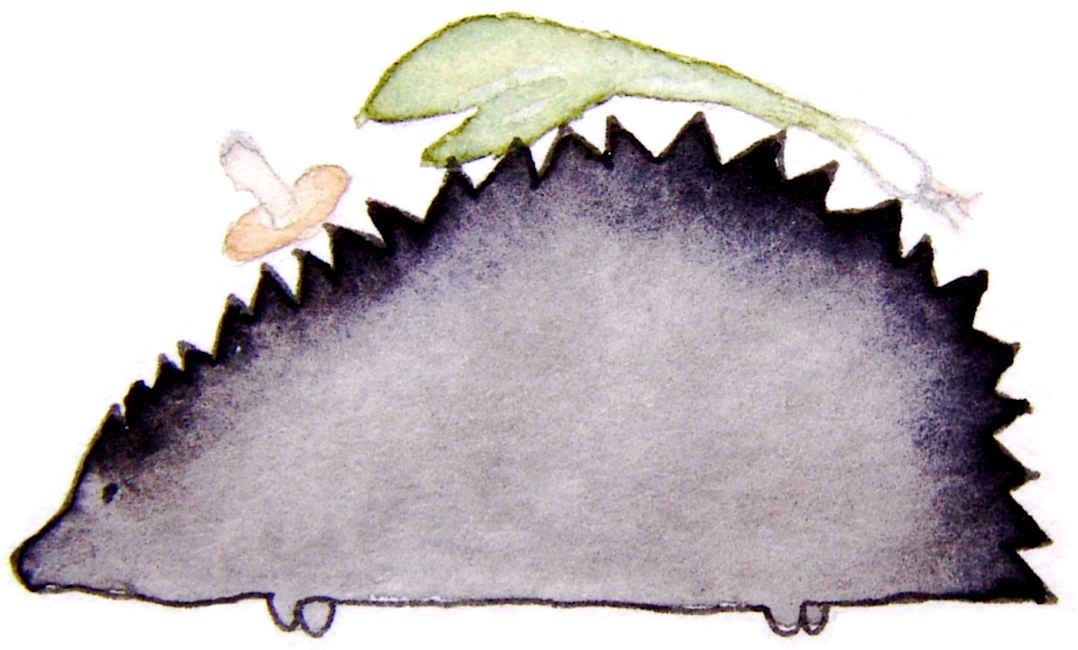Stinging nettles (Urtica dioica): A highly nutritious cooking green that loses its stinging quality when exposed to heat. Great in soup, steamed+sauteed, pestoed, or as a pizza topping. Recipes:
Spicebush berries (Lindera benzoin) - a great local substitute for allspice or cinnamon
Garlic Mustard Roots (Alliaria petiolata) - just like horseradish, these roots come from one of our region's most invasive and most edible mustard family relatives. In the spring we ate garlic mustard seeds and green seed heads "broccolis", then the dried seeds, and now that the plant is sending energy back in the ground - it's time for a root harvest. Recipes:
- Garlic Mustard Root Horseradish
- Garlic Mustard root Cocktail, Garlic Mustard root pesto, Creme de Moutard and all about garlic mustard in the kitchen
Smartweed (Polygonum)- a mild spinach like common weed, with barely spicy seed/flower heads that are good sprinkled over salad, yogurt, pasta, soup...
Plantain Seeds - taste-wise, these green seeds are very similar to sunflowers seeds and can be used as such. Raw or toasted or quickly pan-fried, they add a great nutty crunch to just about any dish and are also super nutritious. Just sprinkle into oatmeal, salads, smoothies, tea, hummus, soup, and more more more.
Barberries (Berberis vulgaris)- like currants or cranberries, good for savory dishes like rice
- Saffron Rice with Barberries
- About barberries in the kitchen - for juicing, jelly making, and the difference between European vs. Japanese varieties
- Bulgur Salad with Barberries
Feral Apples and Hawthorns (Malus domestica) - seriously wild relatives of cultivated apples, these (mostly tart) varieties come from a mature forest where they grow in the understory and edges. They may have escaped from an abandoned orchard down the road many many years ago. In the journey back to the wild, they've become tiny and russeted, best used as cooking apples. Excellent in pies, juice, sauce, etc... Hawthorns, are also wild members of the same family, highly prized as medicinals, high in pectin and flavor that work translates well to apple-based recipes.
Grapes (Vitis) - the uncultivated relative of common grapes, these fruits are smaller, tarter, and seedier. Great for snacking or jam.

